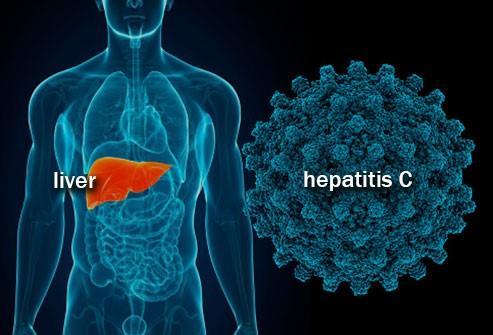Insights Into Hepatitis C
Discover the nuances of Hepatitis C Virus subtype 1 and understand why exploring your options is crucial for effective management and treatment of this pervasive infection.
Understanding HCV Genotype 1
Hepatitis C virus (HCV) is a significant public health concern, affecting millions of individuals worldwide. Among the various genotypes of HCV, genotype 1 is the most prevalent and is often associated with more severe liver disease and a lower response rate to certain antiviral treatments. Understanding the characteristics of HCV genotype 1 is essential for the development of effective treatment strategies and for guiding clinical management.
Related Topics (ads):

The Prevalence and Distribution of HCV Genotype 1
HCV genotype 1 is divided into two subtypes: 1a and 1b. These subtypes have distinct geographical distributions, with subtype 1a being more common in North America and Northern Europe, while 1b is predominant in Southern and Eastern Europe, as well as in Asia. The prevalence of HCV genotype 1 underscores the importance of tailored public health strategies to address the specific challenges posed by this genotype in different regions of the world.
Treatment Challenges and Advances
The management of HCV genotype 1 has historically been challenging due to lower sustained virological response (SVR) rates with interferon-based therapies. However, the advent of direct-acting antivirals (DAAs) has revolutionized the treatment landscape. DAAs have shown high efficacy against HCV genotype 1, with SVR rates exceeding 90%. Despite these advances, certain factors such as viral resistance, drug interactions, and patient comorbidities can still complicate treatment and necessitate careful selection and monitoring of therapeutic regimens.
Genetic Diversity and Implications for Vaccine Development
The genetic diversity of HCV genotype 1 poses significant challenges for vaccine development. The high mutation rate of the virus leads to considerable variability, which enables it to evade the immune system. This diversity is a major hurdle in creating a universally effective HCV vaccine, particularly one that can provide protection against all genotypes and subtypes. Ongoing research is focused on identifying conserved regions of the virus that could serve as targets for a cross-protective vaccine.
Importance of Genotyping in Clinical Practice
Genotyping of HCV is a critical step in the management of infected individuals. Knowledge of HCV genotype 1 status can inform treatment duration and the choice of antiviral agents. It is also useful in predicting treatment response and the likelihood of developing resistance to certain DAAs. As such, accurate genotyping is a cornerstone of personalized medicine for HCV-infected patients.
Conclusion
HCV genotype 1 remains a formidable opponent in the fight against hepatitis C. Its high prevalence, treatment challenges, and genetic diversity demand a nuanced approach to both clinical management and the development of preventive strategies. The progress made with DAAs offers hope for those affected, but continued research and vigilance are necessary to optimize treatment outcomes and work towards the goal of eradicating HCV. For patients and healthcare providers alike, staying informed about the latest developments in HCV genotype 1 is critical for making the most informed decisions regarding care and treatment.
Given the complexity and evolving nature of HCV genotype 1, it is imperative for individuals affected by this virus to explore their options thoroughly. Whether you are a patient seeking the latest treatment modalities or a healthcare professional aiming to provide the best care, delving into the intricacies of HCV genotype 1 is essential. Arm yourself with knowledge and take proactive steps towards effective management of this challenging infection.